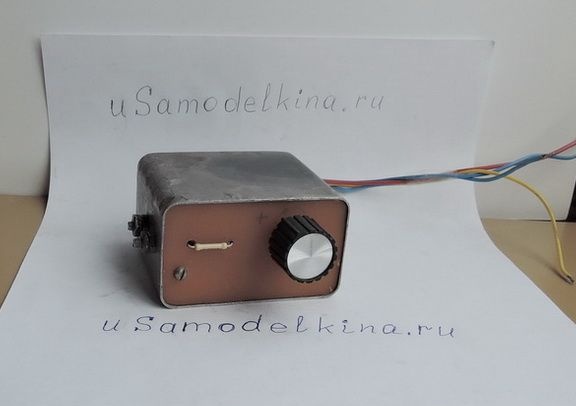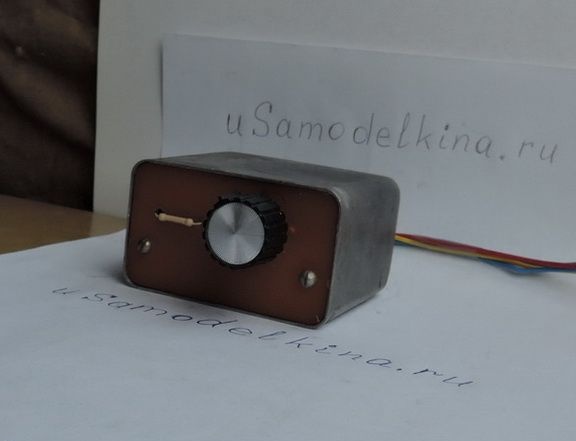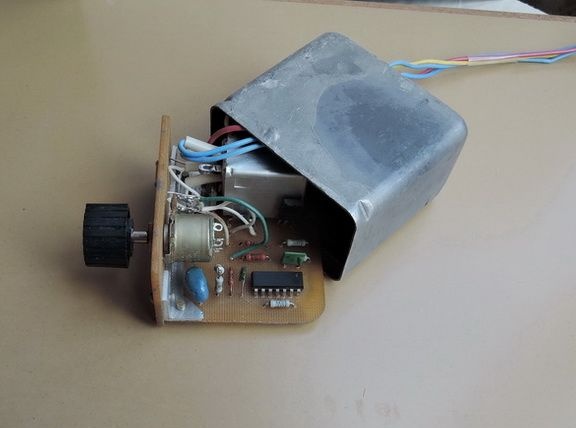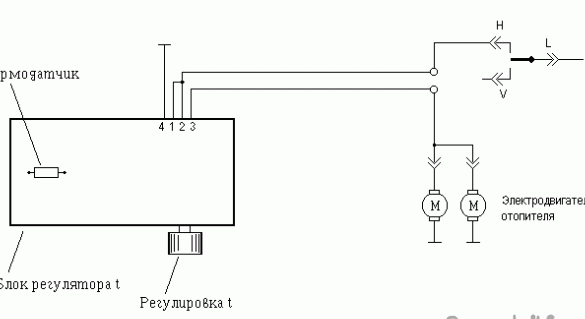
Freight cars KAMAZ equipped with a cabin heater. It is convenient, and in the northern regions of the country - just a necessity. However, the heating control system is designed in such a way that you have to manually turn the stove on and off with the toggle switch to maintain the required thermal regime. This leads to large fluctuations in the temperature of the air in the cabin. And while driving on the highway, it is also dangerous to be distracted.

The heater installed on some KAMAZ trucks has only two stages of regulation of cab heating; there is no automatic control. Because of this, the air temperature must be maintained manually by clicking the toggle switch.
It is proposed to supplement such a cabin heater with an electronic temperature stabilizer, which will automatically turn off the heater when the set air temperature is reached and turn it on when it drops. The temperature setting range is 19 .... 24`C. Dimensions of the device 70 * 41 * 85 mm.
The principles of the thermostabilizer have been repeatedly described in the technical literature. Here it is still necessary to take into account that the truck has difficult operating conditions. These are vibration and vapors of active gases. Hence the increased requirements for design and radio components. Actually, the temperature sensor is a thermistor R2 (see the diagram in Fig. 1), which is connected to the shoulder of the measuring bridge formed by resistors R1, R2, R4 and R5 + R6.

The unbalance signal from the diagonal of the bridge is fed to the input of the comparator DA1. From the output of the comparator, the signal enters the transistor switch T1, the load of which is the relay K1. The switching threshold is set by resistor R6. At low temperature (below the threshold set by resistor R6), the transistor is open, the contacts of relay K1.1 are closed, the heater's motors are turned on and supply warm air to the cabin. With increasing temperature in the cabin, the resistance of the temperature sensor R2 decreases, the comparator closes the transistor, the relay de-energizes and turns off the power to the electric motors of the heater. For a more precise operation of the thermostabilizer, a “hysteresis” of the comparator is provided, provided by the circuit R7, R3.The supply voltage of the measuring bridge and the comparator is stabilized by the parametric stabilizer R10, VD1. The dimensions of the printed circuit board of the manufactured sample are 66 * 57mm, and the thickness is 1.5 mm. The regulator uses fixed resistors MLT-0.25, variable - SPZ-4M; capacitors C1 - KM4, C2 - tantalum, SZ - K73-17. Diodes VD2, VD3 - KD243G. Thermistor - KMT-1, relay - RES-6, passport RFO.452.103. One of the options for connecting the regulator to the electrical equipment of the KAMAZ truck is shown in Fig. 2. The device is included in the gap of the wire going from the control panel to the electric motors of the heater.
One of the sample options is shown in the photo below.






